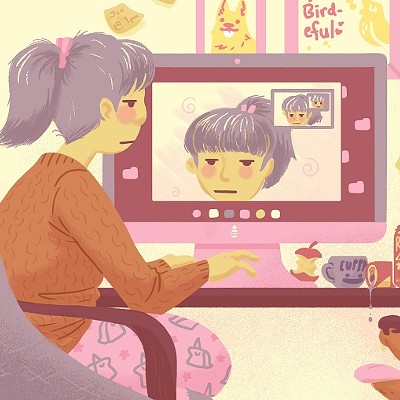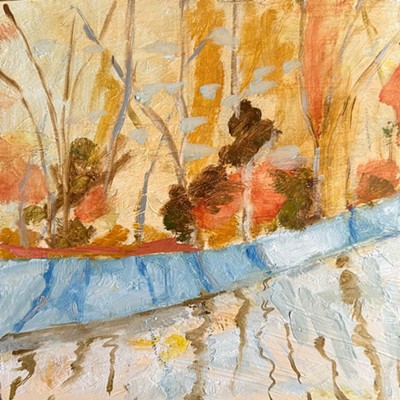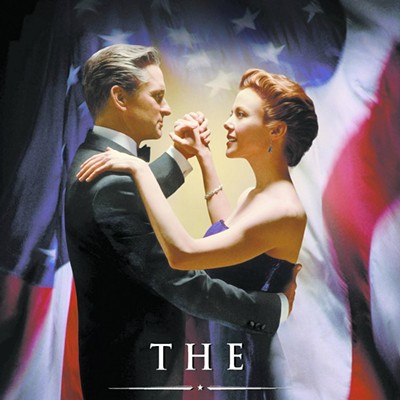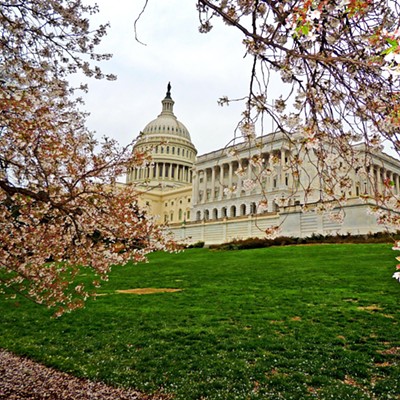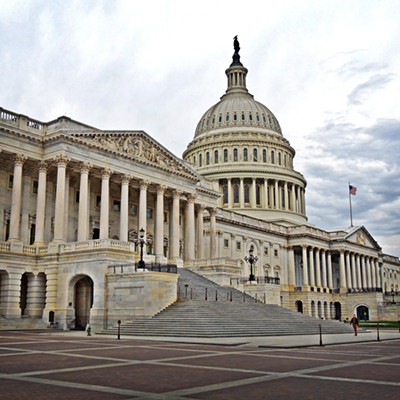This week’s trivia challenge by Colfax librarian Sarah Phelan-Blamires explores the influence of the Victorian era.
The Whitman County Library’s online trivia challenge recently changed to a monthly event. People can play by going to its Facebook page at 5:30 p.m. tonight for a live 20-question game.
- The Victorian era was named for Queen Victoria. The era is defined as beginning during the year of her coronation and ending the year of her death. What were the decades that began and ended the era?
2. Which two of the following options did experts of the day think were contributing factors to tuberculosis, then referred to as “consumption”?
A. Women’s makeup.
B. Women’s skirts.
C. Women’s corsets.
D. Women’s heels.
3. During this time period, if someone referred to their “water closet,” what were they talking about?
4. This era was a time of great discovery and learning. Florence Nightingale famously served as a combat nurse during which war of the era, helping to reduce the spread of disease and improve sanitation?
5. The 19th century led to the creation and popularity of the “penny dreadful.” What is a “penny dreadful”?
Answers
- 1837-1901.
- Women’s skirts and corsets. Victorian era experts thought that women’s long skirts would drag on the ground and sweep up diseases from the streets. Additionally, corsets constricted the lungs and circulation, which was considered to worsen tuberculosis symptoms. Doctors would often prescribe loose corsets and short skirts to sufferers or to prevent infection. Moreover, the Victorians romanticized the disease, as it highlighted their idea of feminine beauty: thinness, pale skin, reddened lips and cheeks (caused by frequent, low-grade fevers).
- The toilet. “Water closets” were often kept in a separate small room or a closet of the bathroom because the stench was unbearable, as the invention of toilets predates indoor plumbing.
- The Crimean War.
- A book. New technology and cheaper materials lead to the mass production of literature and the rise of literacy rates. The need arose for affordable reading material that was of interest to average people. Penny dreadfuls were serials (books published one at a time, in small sections), often about a violent adventure or crime and available for only a penny, thus the name.

